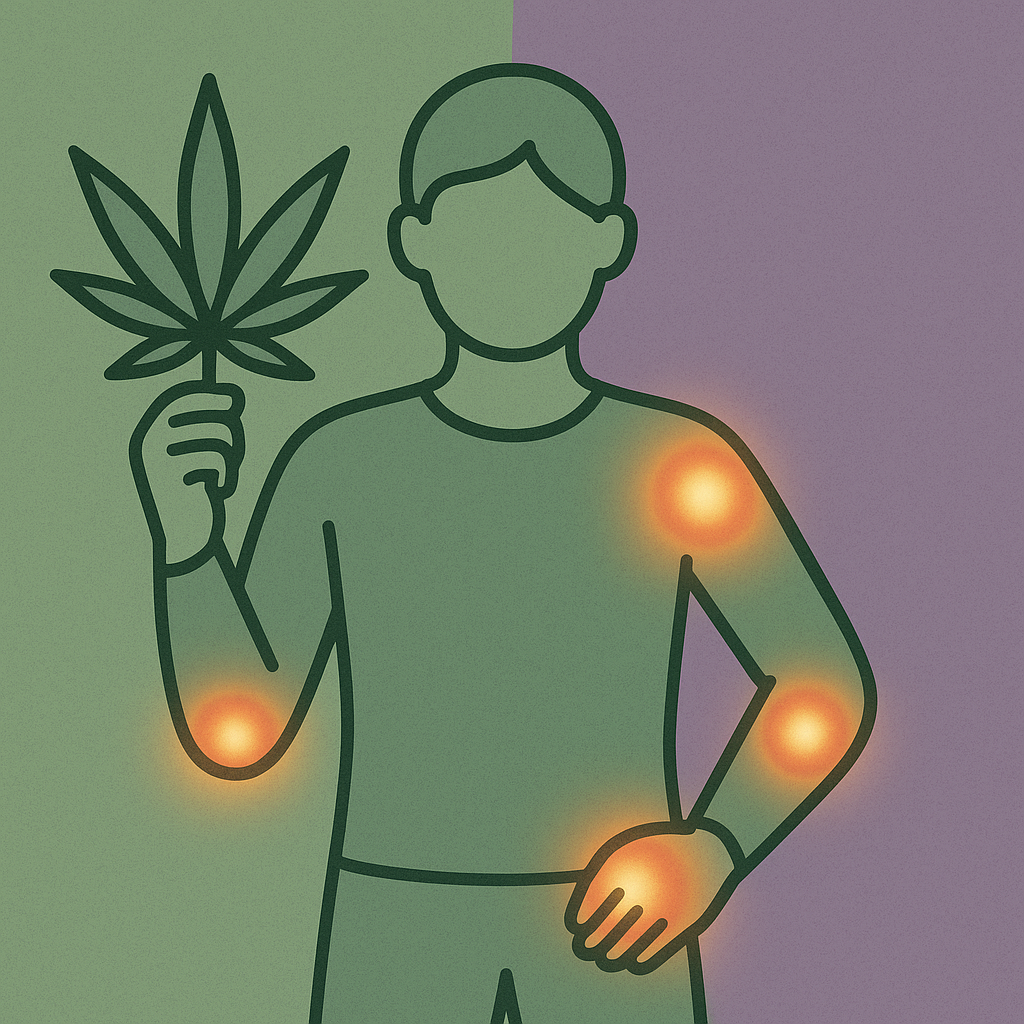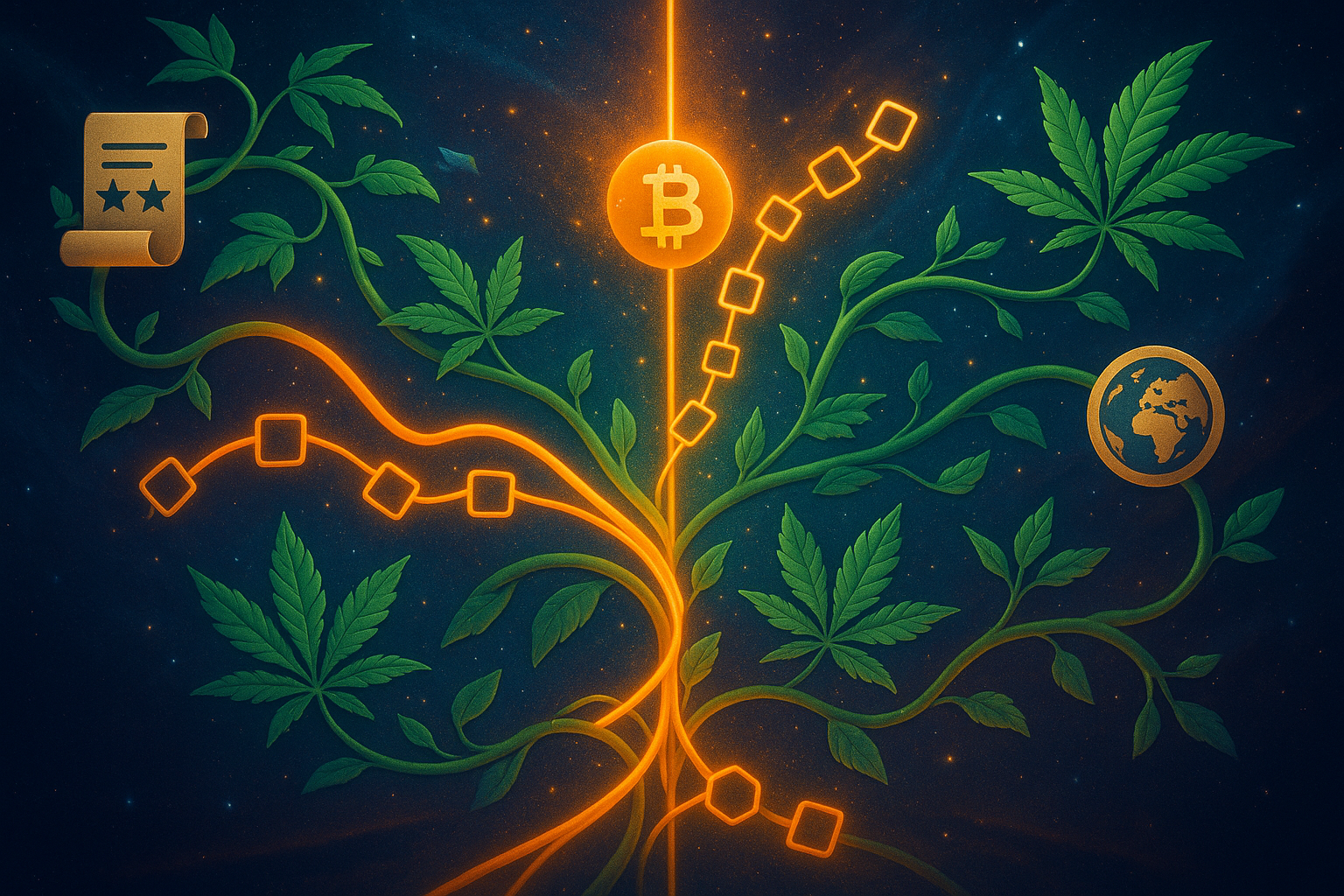Using Medical Marijuana for Chronic Pain Management: A Comprehensive Guide
How Weed Offers Relief for Persistent Discomfort
Chronic pain affects millions of people worldwide, often diminishing their quality of life and limiting daily activities. Medical marijuana has emerged as a powerful, natural alternative for managing this persistent discomfort, and the MediWeed Hub is here to explore its potential with irie vibes. In this article, we’ll dive deep into how weed can alleviate chronic pain, the science behind its effects, the best strains and methods for relief, and practical strategies for patients. Whether you’re dealing with arthritis, fibromyalgia, or neuropathic pain, medical marijuana might be the solution you’ve been searching for—let’s find out how!

Chronic pain, defined as pain lasting more than three months, can arise from conditions like arthritis, fibromyalgia, multiple sclerosis (MS), or nerve damage (neuropathic pain). Medical marijuana offers a promising option for managing such pain, with research supporting its efficacy across various conditions. The Mayo Clinic highlights that cannabis can reduce pain and spasticity in MS patients, with a 2018 study showing that 66% of MS patients using cannabis reported significant pain relief. The cannabinoids THC and CBD work synergistically—THC binds to CB1 receptors in the brain to dull pain perception, while CBD reduces inflammation by interacting with CB2 receptors in the immune system, addressing a root cause of many chronic pain conditions.
The mechanism of action for medical marijuana in pain management is multifaceted. THC mimics anandamide, a natural endocannabinoid known as the “bliss molecule,” which modulates pain signals in the brain and spinal cord. A 2017 report by the National Academies of Sciences, Engineering, and Medicine found “substantial evidence” that cannabis is effective for chronic pain in adults, with patients often reporting a 30–50% reduction in pain intensity. CBD, on the other hand, has anti-inflammatory properties that can help with conditions like rheumatoid arthritis, where inflammation drives joint pain. Terpenes like myrcene (sedating) and beta-caryophyllene (anti-inflammatory) in cannabis further enhance these effects, creating what’s known as the entourage effect—a synergy that amplifies pain relief.
For patients with specific conditions, medical marijuana can be tailored to their needs. Those with arthritis may benefit from topical cannabis creams, which deliver CBD and THC directly to inflamed joints without psychoactive effects, as noted by Lyphe Clinic. Patients with neuropathic pain, such as that caused by diabetes or chemotherapy, might prefer edibles or tinctures for longer-lasting relief—effects can last 6–8 hours compared to 2–4 hours with inhalation methods. A 2015 study in The Journal of Pain found that vaporized cannabis reduced neuropathic pain by 45% in patients, offering a viable alternative to opioids, which carry a high risk of addiction and side effects like constipation or sedation.
Choosing the right strain and method is critical for effective pain management. Indica strains, such as Granddaddy Purple, are often recommended for their relaxing, body-focused effects, making them ideal for nighttime use to manage pain and promote sleep. Sativa strains, like Jack Herer, can help with pain while boosting energy and mood, which is useful for daytime relief when fatigue accompanies chronic pain. Balanced hybrids like Blue Dream offer a middle ground, providing pain relief without heavy sedation. Patients should start with a low dose—such as 2.5 mg of THC via vaping or 5 mg CBD in a tincture—and increase gradually to avoid side effects like dizziness or anxiety, especially if new to cannabis.
Medical marijuana also offers a safer long-term option compared to traditional pain medications. Opioids, commonly prescribed for chronic pain, have led to a public health crisis, with over 500,000 overdose deaths in the U.S. from 1999 to 2019 (CDC). A 2016 study in Health Affairs found that states with medical marijuana programs saw a 25% reduction in opioid overdose deaths, as patients turned to cannabis instead. Unlike opioids, marijuana has a lower risk of dependency (about 9% of users, per NIDA) and fewer severe side effects, though it’s not without risks (e.g., cognitive impairment with long-term use). Patients should work with a healthcare provider to integrate cannabis into their pain management plan, ensuring it complements other therapies like physical therapy or acupuncture.
Beyond direct pain relief, medical marijuana can improve overall quality of life for chronic pain patients. Many report better sleep, reduced anxiety, and improved mood—common comorbidities with chronic pain. For example, a fibromyalgia patient using a CBD-heavy tincture might find not only pain relief but also relief from the insomnia and depression that often accompany the condition. However, individual responses vary, and factors like tolerance, metabolism, and the specific pain condition influence effectiveness. Regular check-ins with a doctor can help adjust dosage and strain selection over time, ensuring sustained benefits while minimizing potential downsides.
Practical Tips
- Start Low and Go Slow: Begin with 2.5 mg THC or 5 mg CBD (e.g., via tincture or vape) to gauge your response, increasing by 1–2 mg as needed.
- Choose the Right Strain: Use indicas like Granddaddy Purple for nighttime pain relief; opt for sativas like Jack Herer for daytime energy.
- Tailor Your Method: Apply topicals for joint pain (e.g., arthritis); use edibles for long-lasting relief (e.g., neuropathic pain).
- Track Your Response: Keep a journal of your pain levels, dosage, and side effects to share with your doctor for adjustments.
- Combine with Other Therapies: Pair cannabis with physical therapy or meditation to enhance overall pain management.
Key Takeaways
- Medical marijuana reduces chronic pain from conditions like arthritis, fibromyalgia, and multiple sclerosis by targeting pain and inflammation.
- THC dulls pain perception via CB1 receptors, while CBD reduces inflammation through CB2 receptors, enhanced by terpenes like myrcene.
- Topicals, edibles, and vaping offer different benefits—topicals for localized pain, edibles for sustained relief, vaping for quick action.
- Indica strains are best for relaxation and sleep; sativas help with energy; hybrids like Blue Dream balance both effects.
- Cannabis is a safer alternative to opioids, with lower dependency risk and fewer side effects, but requires medical oversight for best results.













